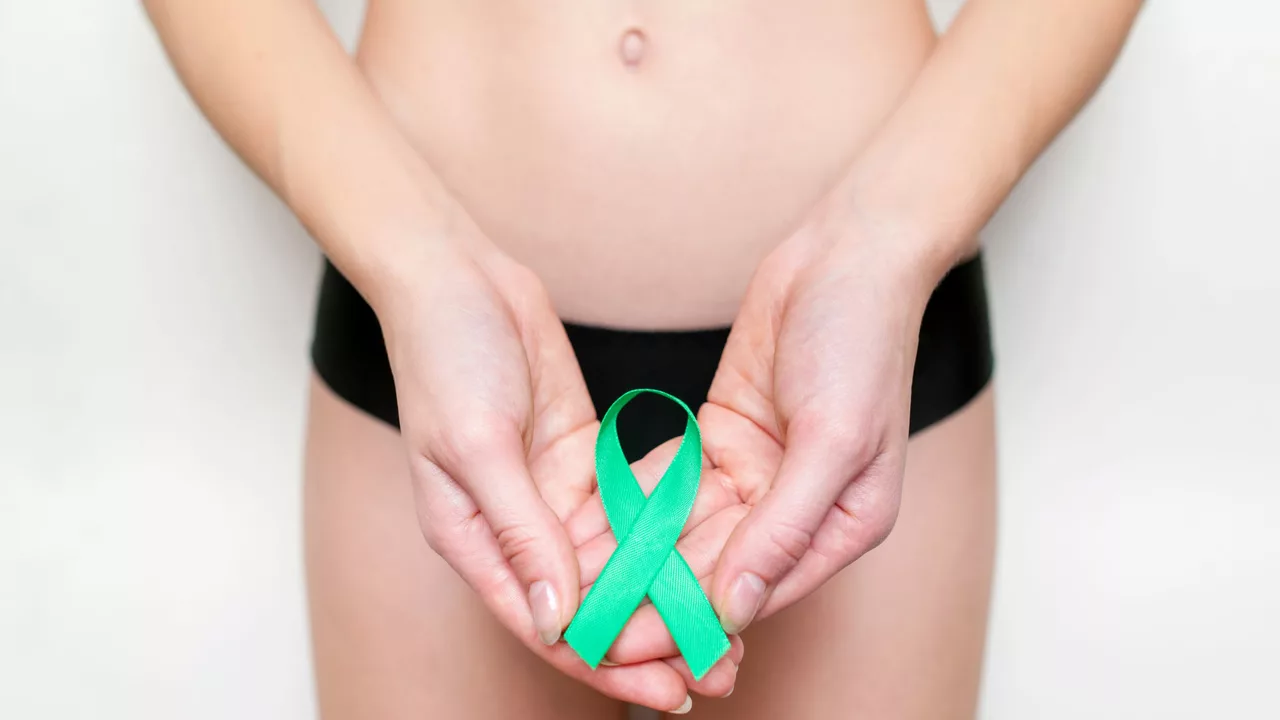If you’ve ever felt itching, odd discharge, or a burning sensation down there, you’re probably dealing with a vaginal infection. These issues are super common, affect millions each year, and most of them can be handled at home or with a quick doctor visit. Knowing what’s happening helps you stop it fast.
The three big players are yeast infections (candidiasis), bacterial vaginosis (BV) and trichomoniasis. Yeast infections cause thick, white “cheese‑like” discharge and intense itching. BV brings a thin grayish fluid with a fishy smell, while trichomoniasis often adds greenish frothy discharge and soreness after sex. Each one needs a slightly different approach.
The first clue is usually a change in how you feel down there. Look for new odor, color or texture of discharge, plus itching, burning during urination, or pain during intercourse. If symptoms appear suddenly and are mild, they’re often yeast‑related; persistent foul smell points to BV. Trust your gut—if something feels off, act on it.
Over‑the‑counter (OTC) antifungal creams work well for most uncomplicated yeast infections. Apply as directed for three days, and you should feel relief within 24‑48 hours. For BV, OTC probiotic suppositories can help restore good bacteria, but a prescription metronidazole or clindamycin is usually needed to clear it fully.
When you suspect trichomoniasis, an OTC cure isn’t enough—your doctor will prescribe a single dose of medication like metronidazole. It’s important to finish the full course and avoid sex until both partners are treated.
If symptoms linger more than a week, get worse, or you have fever, see a healthcare professional. Lab tests can pinpoint the exact cause, which saves time and prevents complications like pelvic inflammatory disease.
Prevention is easier than you think. Keep the vaginal area clean with warm water only—skip scented soaps, douches, and harsh wipes. Wear breathable cotton underwear and change out of wet clothes (like swimwear) quickly to reduce moisture buildup.
A healthy diet also matters. Limit sugar and refined carbs because yeast loves them. Probiotic‑rich foods like yogurt or kefir support good bacteria that keep BV at bay.
Sexual health habits help too. Use condoms, especially if you or your partner have a history of infections, and make sure both of you get tested regularly. After intercourse, urinating can flush out potential irritants.
Bottom line: Vaginal infections are common, treatable, and often preventable with simple daily habits. Spot the signs early, choose the right OTC product or see a doctor when needed, and keep your routine clean and balanced to stay comfortable.

Education and awareness about vaginal infections are crucial for women's overall health. Not only can these infections cause discomfort and distress, but they may also have serious health implications if left untreated. By educating ourselves and raising awareness, we can recognize symptoms early, seek appropriate medical treatment, and prevent unnecessary complications. Additionally, education can also help to break down the stigma associated with these infections, promoting open discussions about women's health issues. As a woman, I can't stress enough the importance of being informed about our own bodies for our overall well-being.
View more